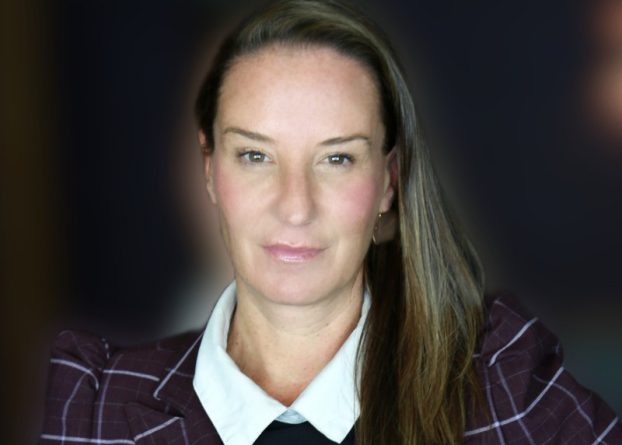Seven months ago, Shopify welcomed Ali Leung to the role of head of marketing, making her the first to hold that position in Canada. She was given the mandate to grow Shopify’s Canadian presence, amplify merchant voices and develop campaigns that democratize business and entrepreneurship.
In that time, she has found that the best marketing for Shopify is to share the stories and successes of its entrepreneurs as broadly and loudly as possible.
“The DNA of Shopify is to serve our merchants,” Leung says. “It’s way more credible when you see the success of the merchants, versus me telling you Shopify is amazing. I think seeing so many businesses thriving because of Shopify, that’s the best marketing you can do.”
An approach rooted in the emotion, credibility and goodwill that comes from real-life success stories could be categorized as non-traditional for what is, ostensibly, a B2B company. But it makes sense for someone coming off three years as VP of marketing at WW (formerly Weight Watchers). Leung also previously headed up the CPG and government team for Facebook in Canada, which came after 14 years at Unilever.
Since joining Shopify, one thing Leung is most proud of is a team of Indigenous staffers who specifically focus on providing support to Indigenous entrepreneurs, who already face systemic hurdles before being hit particularly hard by the pandemic. Leung points to Sister Sage, a retailer of modern wellness products made with traditional Indigenous ingredients, as one of the successes to come out of that team. The owner was selling her products at pow wows, but when the COVID-19 hit, the business was in trouble. When you fast forward not even a year later, she has won numerous awards, is now supporting her family through Sister Sage and inspiring other business owners to find their way with Shopify, Leung says.
With about 98% of Canadian companies being small businesses, this is not an isolated case. While the pandemic accelerated the growth of ecommerce in Canada by several years, Shopify kept many of those merchants afloat. Leung says Shopify experienced rapid expansion during COVID-19 to now have 100,000 businesses using the platform in Canada and about 1.7 million globally.
“We’re not traditional marketers,” Leung says. “In other organizations you have a media plan, you’ve got a chunk of TV media and a chunk of social media. Of course, we invest in all of that, but there’s a lot of really creative people who are always coming with new ideas.”
Although a high proportion of the company’s media spend is online, earlier this summer, one of the teams at Shopify launched a business starter kit for kids between the ages of eight and 12 interested in starting their own business. It included a workbook, material for making business cards and stickers to teach children about entrepreneurship.
“That’s not a traditional ad spend, and Shopify doesn’t expect kids to start paying subscription fees. We want to teach them about entrepreneurship,” says Leung. “The goodwill that came from that was something you couldn’t pay for by running an ad. It came through the action of wanting to serve future entrepreneurs. That’s just an example of how it’s a very non-traditional way of marketing here.”























